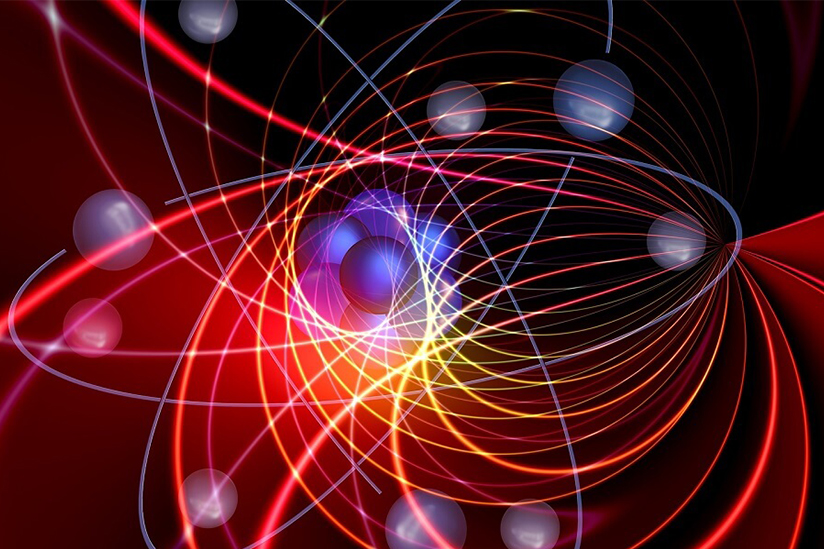The more sensitive measurement tools are, the more information physicists can extract from quantum particles, such as photons.
As most of us learned in elementary school, whether it’s from the sun or a light bulb, light is made up of particles called photons. While photons have energy and momentum, they have no mass. Yet, somehow, they’re able to carry tons of information about their energy and momentum. In fact, according to experiments done in the Netherlands in 2016, a single, weightless photon can carry more than 10 bits of information.
While this doesn’t make sense in classical physics, the impossible is made possible in quantum physics. And USC scientists are exploring this by researching new methods to make measurement tools in quantum physics even more sensitive in order to get all the data they can from these tiny particles.
Jonathan Habif, research lead and experimental physicist at USC’s Information Sciences Institute (ISI), is the PI of a project entitled “Optimal Measurements for Reaching Quantum Fisher Information in Mixed Quantum Optical States.” The project is sponsored by the US Army Research Office, which is an element of the US Army Combat Capabilities Development Command’s Army Research Laboratory.
Habif is collaborating on the project with co-PI Federico Spedalieri, a research lead at USC ISI. Both scientists are also research assistant professors of Electrical and Computer Engineering at USC Viterbi and are working on the project alongside members of USC ISI’s Laboratory for Quantum-Limited Information (QLIlab).
What’s Quantum Physics, Anyways?
Quantum physics, or quantum mechanics, is essentially the study of the fundamental physics that governs the behavior of our universe. In quantum physics, scientists examine physical systems at microscopic scales of size or energy; in contrast, classical physics studies objects that are at higher energy scales, or comprised of large ensembles of atoms or molecules.
Read the full story on USC Viterbi School of Engineering’s website
